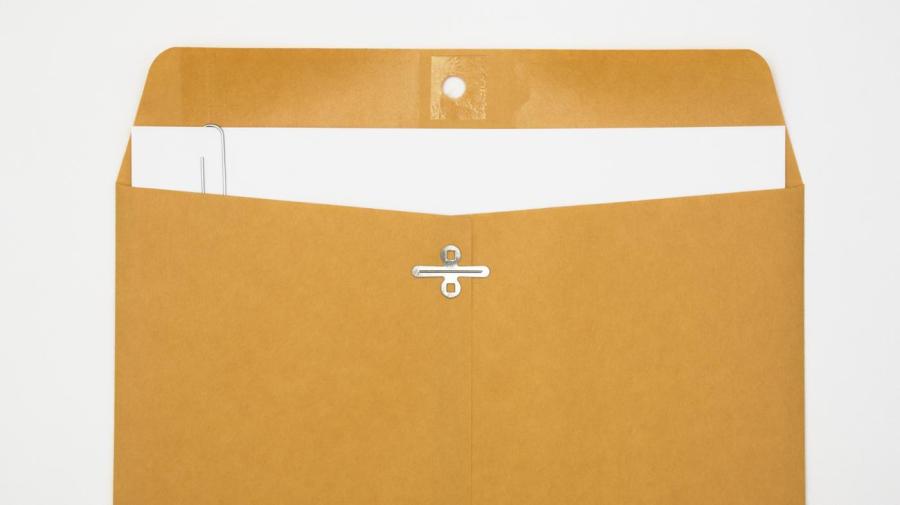How Many Stamps to Put on a Manila Envelope

Weight and destination determine how many stamps to put on a manila envelope. Shippers can use the online United States Postal Service (USPS) shipping calculator to help determine shipping costs.
USPS Envelope Dimensions
Manila envelopes are classified as business envelopes because the larger shape requires more postage than a standard-sized envelope. Postcards are categorized with envelopes when determining postage and must be rectangular to qualify for first-class mail pricing. Postcards cannot be more than 4 1/4 inches high, six inches long and no thicker than .016 inches to qualify for regular postage. Regular envelopes, such as those used for mailing letters or standard-sized greeting cards, can be no more than 6 1/8 inches high, 11 1/2 inches long, and no thicker than a quarter inch to qualify for regular postage. Large envelopes cannot be higher than 12 inches, longer than 15 inches or thicker than three-quarters of an inch to qualify for envelope pricing. If a postcard, standard envelope or larger envelope exceeds the designated dimensions, then it moves up to the next pricing category. For example, a postcard that exceeds height or length dimensions would be classified and priced as a standard envelope. Manila envelopes that exceed the dimensions set forth for large envelopes would be classified and priced as a package.
Deciding on the Number of Stamps for a Manila Envelope
As of November 2017, traditional postage stamps cover 49 cents’ worth of postage and oversized envelope postage stamps cover 70 cents’ worth of postage. To determine how many stamps to put on a manila envelope, the shipper must know the dimensions of the envelope, the weight, the thickness and the destination. The average manila envelope is nine inches by 12 inches and is classified as a large envelope by the USPS. Use a postage scale to get an accurate weight of the envelope to determine the number of stamps needed for mailing. The USPS online postage calculator makes it easy to plug in dimensions and weight to get an accurate postage price. For example, if the envelope is a traditional nine-inch by 12-inch size and weighs three ounces and is being sent from Missouri to Florida, the postage calculator gives a cost of $1.40 for first-class mail postage. Three standard postage stamps or two oversized envelope stamps would be enough to cover the cost of postage.
When putting things into a manila envelope for shipping, make sure the thickness does not change by more than 1/4 of an inch or the price increases. If shipping an envelope that measures over eight ounces, it may be better to look into package pricing; it may qualify for flat rate shipping as opposed to weighted shipping.
Prepaid Shipping Labels
Using multiple stamps to ship a manila envelope is acceptable to the USPS, but automated online shipping labels make it easier to pay for postage and print out labels. Instead of covering a manila envelope with multiple stamps, pay for postage online and print out one prepaid shipping label. The local mail carrier will pick these packages up at a business or residence, or these can be dropped off at the nearest post office or corner mailbox. Because postage prices change frequently, prepaid labels make it easier to mail larger envelopes and packages, and there is no worry about not having enough stamps.





